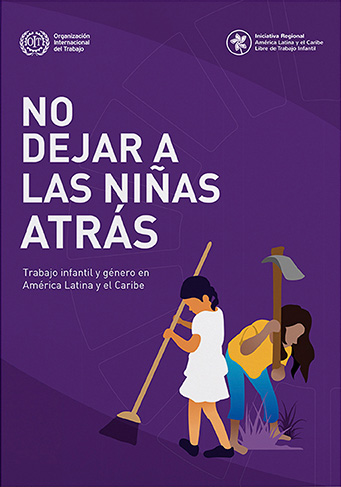It analyzes how gender roles, still in force, largely determine the different characteristics and conditions that child labor acquires for girls and boys, and points out the information gaps to be filled in to prevent the exploitation of girls from remaining invisible, since In some cases, not even close people or people from the community itself recognize that girls are in a situation of child labor. This is so because they frequently perform domestic work for third parties, work in family businesses located in private homes or intensive domestic tasks in the home itself, which involve a series of different risks.

